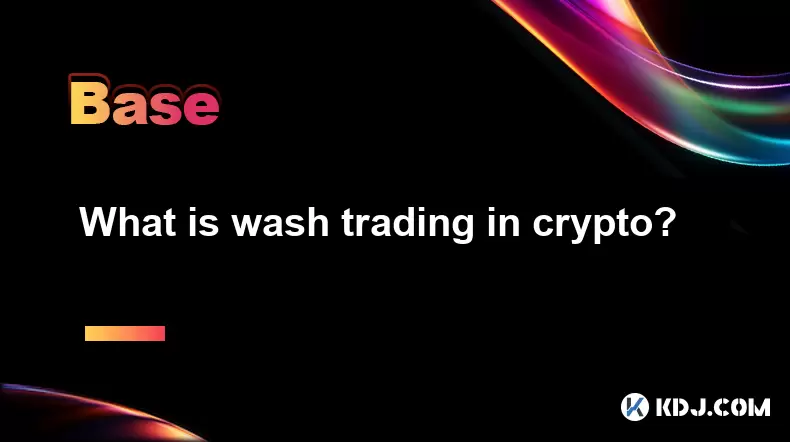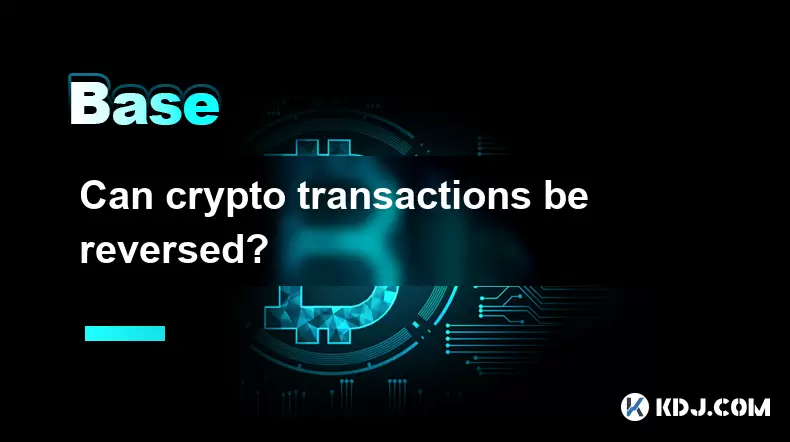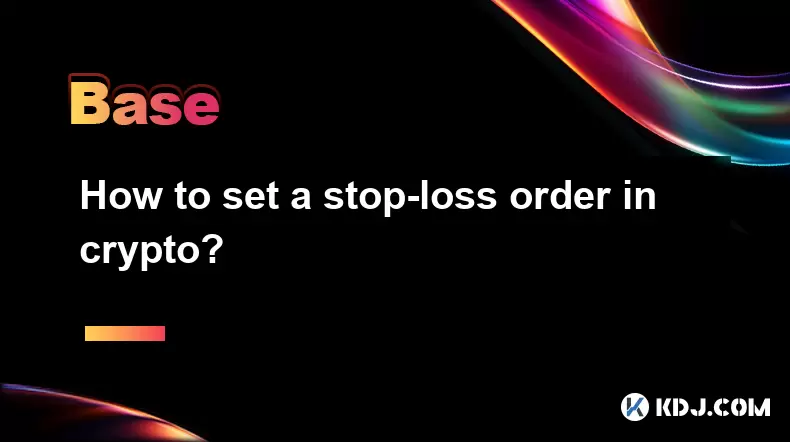-
 Bitcoin
Bitcoin $118300
1.01% -
 Ethereum
Ethereum $4215
0.69% -
 XRP
XRP $3.198
-3.83% -
 Tether USDt
Tether USDt $1.000
-0.01% -
 BNB
BNB $803.4
-0.53% -
 Solana
Solana $180.3
-0.67% -
 USDC
USDC $0.9998
-0.01% -
 Dogecoin
Dogecoin $0.2334
-1.49% -
 TRON
TRON $0.3394
0.86% -
 Cardano
Cardano $0.7980
-1.45% -
 Chainlink
Chainlink $22.19
6.65% -
 Hyperliquid
Hyperliquid $43.41
0.13% -
 Stellar
Stellar $0.4407
-3.13% -
 Sui
Sui $3.843
-2.24% -
 Bitcoin Cash
Bitcoin Cash $564.7
-3.74% -
 Hedera
Hedera $0.2588
-3.41% -
 Ethena USDe
Ethena USDe $1.001
0.00% -
 Avalanche
Avalanche $23.64
-3.37% -
 Litecoin
Litecoin $120.0
-4.01% -
 Toncoin
Toncoin $3.342
-1.11% -
 UNUS SED LEO
UNUS SED LEO $9.038
0.60% -
 Shiba Inu
Shiba Inu $0.00001347
-0.81% -
 Uniswap
Uniswap $10.69
-4.58% -
 Polkadot
Polkadot $4.034
-1.30% -
 Dai
Dai $1.000
0.01% -
 Bitget Token
Bitget Token $4.472
-1.52% -
 Cronos
Cronos $0.1571
-3.04% -
 Pepe
Pepe $0.00001207
-2.21% -
 Monero
Monero $273.8
-3.19% -
 Ethena
Ethena $0.7520
2.75%
What is wash trading in crypto?
Wash trading inflates crypto trading volume artificially, misleading investors and undermining market integrity through fake activity.
Aug 10, 2025 at 01:07 pm

Understanding Wash Trading in the Cryptocurrency Market
Wash trading refers to a manipulative practice where a trader simultaneously buys and sells the same asset to create the illusion of market activity. In the cryptocurrency space, this deceptive strategy is often used to inflate trading volume, mislead investors, and manipulate prices. The core idea behind wash trading is not to profit from price changes but to influence perception. By generating artificial volume, bad actors can make a token appear more popular or liquid than it actually is, which may attract unsuspecting traders.
Regulatory bodies like the U.S. Commodity Futures Trading Commission (CFTC) and the Securities and Exchange Commission (SEC) have historically classified wash trading as illegal in traditional financial markets. However, due to the decentralized and largely unregulated nature of many crypto exchanges, enforcement remains challenging. Some exchanges, particularly those operating offshore or without proper oversight, may turn a blind eye to such activities or even facilitate them.
How Wash Trading Works in Practice
In a typical wash trading scenario, a single entity controls multiple accounts on the same exchange. These accounts are used to place buy and sell orders for the same cryptocurrency at similar prices and volumes. Because both sides of the trade are controlled by the same party, there is no real change in ownership, yet the transaction appears legitimate on the order book.
- The trader places a buy order for 10 BTC at $30,000 using Account A
- Simultaneously, they place a sell order for 10 BTC at $30,000 using Account B
- The exchange matches the orders, recording a trade of 10 BTC at $30,000
- Funds and assets are effectively transferred between the trader’s own accounts
- The public trading volume increases, creating a false signal of market demand
This process can be repeated hundreds or thousands of times in a single day. High-frequency bots can automate these trades, making detection more difficult. The end result is a falsely inflated volume metric that may appear in public dashboards, rankings, and analytics platforms.
Why Wash Trading is Prevalent in Crypto
One of the main reasons wash trading is widespread in the crypto ecosystem is the lack of standardized regulation across exchanges. Unlike traditional stock markets, where volume and trade authenticity are closely monitored, many crypto exchanges operate with minimal transparency. Some exchanges even incentivize wash trading by offering rebates or low fees for high-volume traders.
Another factor is the importance of trading volume in the crypto world. Investors often use volume as a proxy for legitimacy and liquidity. A coin listed on an exchange with high volume is perceived as safer and more actively traded. Projects and exchange operators exploit this perception by artificially boosting volume through wash trades. This can help new tokens gain visibility on platforms like CoinMarketCap or CoinGecko, which rank assets based on volume.
Moreover, decentralized exchanges (DEXs) are not immune. While blockchain transparency makes all transactions visible, it does not automatically reveal that two wallets belong to the same entity. Sophisticated actors can use multiple addresses to simulate organic trading activity, especially in low-liquidity pools.
Detecting Wash Trading: Key Indicators
Spotting wash trading requires careful analysis of trading patterns and on-chain data. Several red flags can indicate potential manipulation:
- Unusually high volume with minimal price movement: If a cryptocurrency shows massive trading volume but the price remains flat, it may suggest artificial activity. Real market demand typically causes price fluctuations.
- Repetitive trade sizes and timing: Orders placed at the same amount and frequency, especially in round numbers (e.g., 1.000 ETH), are suspicious.
- Low number of unique traders: On-chain analysis tools can reveal that a large portion of trades originate from a small cluster of wallets.
- Mismatch between exchange volume and on-chain transfers: If an exchange reports high BTC trading volume but the actual BTC moved on the blockchain is low, it indicates trades are internal and not involving real deposits or withdrawals.
Tools like Glassnode, Nansen, and Dune Analytics allow users to explore wallet behaviors and track fund flows. These platforms can help identify clusters of addresses that frequently trade with each other, a common trait in wash trading schemes.
Impact on Investors and Market Integrity
Wash trading undermines trust in the cryptocurrency market. When investors rely on volume metrics to make decisions, falsified data can lead to poor investment choices. A token with artificially inflated volume may seem like a good opportunity, but it lacks real demand. Once the manipulation stops, the price often collapses, leaving latecomers with losses.
Marketplaces that allow wash trading also damage their own credibility. Reputable investors and institutional players tend to avoid exchanges known for manipulation. This reduces overall market efficiency and can stifle innovation. Furthermore, when regulators identify exchanges involved in wash trading, they may impose fines, delist tokens, or even shut down operations.
Retail traders are especially vulnerable. Without access to advanced analytics, they may not recognize the signs of manipulation. Educational resources and transparent reporting standards are essential to protect users from deceptive practices.
How to Protect Yourself from Wash Trading Risks
To minimize exposure to wash trading, traders should adopt a cautious and analytical approach:
- Verify volume across multiple sources: Compare volume data from CoinMarketCap, CoinGecko, and on-chain analytics. Discrepancies may indicate manipulation.
- Check liquidity depth: Use order book analysis to see if buy and sell walls are substantial or easily manipulated.
- Analyze wallet activity: Use blockchain explorers to investigate large trades. If the same addresses repeatedly transact, it could be a red flag.
- Avoid low-cap tokens with high volume: These are common targets for pump-and-dump schemes fueled by wash trading.
- Trade on regulated exchanges: Platforms that comply with KYC and AML regulations are less likely to tolerate manipulative practices.
Some exchanges now publish real volume metrics, excluding internal or bot-generated trades. Prioritizing these platforms can reduce risk.
Frequently Asked Questions
Is wash trading illegal in the cryptocurrency market?
Yes, wash trading is considered illegal under U.S. securities and commodities laws. While enforcement in the global crypto space is inconsistent, exchanges operating in regulated jurisdictions can face legal consequences if found facilitating such activity.
Can blockchain transparency prevent wash trading?
Blockchain records all transactions, but it does not reveal ownership of addresses. While every trade is visible, determining if two wallets belong to the same entity requires advanced clustering analysis. Transparency helps, but it does not automatically stop wash trading.
Do all crypto exchanges engage in wash trading?
No, not all exchanges participate in or allow wash trading. Reputable, regulated platforms like Coinbase and Kraken have strict policies against manipulation. However, some offshore or lesser-known exchanges may permit or even encourage it to appear more competitive.
How do regulators detect wash trading in crypto?
Regulators use data analytics, subpoena exchange records, and monitor trading patterns. They collaborate with blockchain analysis firms to trace fund flows and identify coordinated trading behavior across multiple accounts.
Disclaimer:info@kdj.com
The information provided is not trading advice. kdj.com does not assume any responsibility for any investments made based on the information provided in this article. Cryptocurrencies are highly volatile and it is highly recommended that you invest with caution after thorough research!
If you believe that the content used on this website infringes your copyright, please contact us immediately (info@kdj.com) and we will delete it promptly.
- Dogwifhat's Comeback: Solana Meme Coin Mania and Beyond!
- 2025-08-10 18:30:15
- Shiba Inu Price Drop Alert: Can Google AI Predict the Future?
- 2025-08-10 18:30:15
- NEAR Protocol Rebound: Eyes on $4.63 as Bullish Momentum Builds
- 2025-08-10 17:30:13
- Bitcoin Cash Halving: Will the Price Fall or Fly?
- 2025-08-10 17:30:13
- Uniswap (UNI) Under Bearish Pressure: A Technical Analysis Deep Dive
- 2025-08-10 17:30:15
- DOT Price on the Rise: Polkadot's Bullish Momentum Heats Up!
- 2025-08-10 17:30:15
Related knowledge

Can crypto transactions be reversed?
Aug 10,2025 at 01:35am
Understanding the Immutability of Blockchain TransactionsCryptocurrency transactions are built on blockchain technology, which is designed to be immut...

What happens if I forget my crypto wallet password?
Aug 09,2025 at 08:50am
Understanding the Role of a Crypto Wallet PasswordA crypto wallet password serves as a critical security layer that protects access to your digital as...

What is the best crypto portfolio tracker?
Aug 10,2025 at 05:08am
Understanding the Role of a Crypto Portfolio TrackerA crypto portfolio tracker is a digital tool designed to help investors monitor the performance of...

Can you reuse a crypto wallet address?
Aug 08,2025 at 03:49pm
Understanding Wallet Addresses in CryptocurrencyA crypto wallet address is a unique identifier used to send and receive digital assets on a blockchain...

What is wash trading in crypto?
Aug 10,2025 at 01:07pm
Understanding Wash Trading in the Cryptocurrency MarketWash trading refers to a manipulative practice where a trader simultaneously buys and sells the...

How to set a stop-loss order in crypto?
Aug 10,2025 at 01:57pm
Understanding the Purpose of a Stop-Loss Order in Crypto TradingA stop-loss order is a risk management tool used by traders to limit potential losses ...

Can crypto transactions be reversed?
Aug 10,2025 at 01:35am
Understanding the Immutability of Blockchain TransactionsCryptocurrency transactions are built on blockchain technology, which is designed to be immut...

What happens if I forget my crypto wallet password?
Aug 09,2025 at 08:50am
Understanding the Role of a Crypto Wallet PasswordA crypto wallet password serves as a critical security layer that protects access to your digital as...

What is the best crypto portfolio tracker?
Aug 10,2025 at 05:08am
Understanding the Role of a Crypto Portfolio TrackerA crypto portfolio tracker is a digital tool designed to help investors monitor the performance of...

Can you reuse a crypto wallet address?
Aug 08,2025 at 03:49pm
Understanding Wallet Addresses in CryptocurrencyA crypto wallet address is a unique identifier used to send and receive digital assets on a blockchain...

What is wash trading in crypto?
Aug 10,2025 at 01:07pm
Understanding Wash Trading in the Cryptocurrency MarketWash trading refers to a manipulative practice where a trader simultaneously buys and sells the...

How to set a stop-loss order in crypto?
Aug 10,2025 at 01:57pm
Understanding the Purpose of a Stop-Loss Order in Crypto TradingA stop-loss order is a risk management tool used by traders to limit potential losses ...
See all articles

























































































